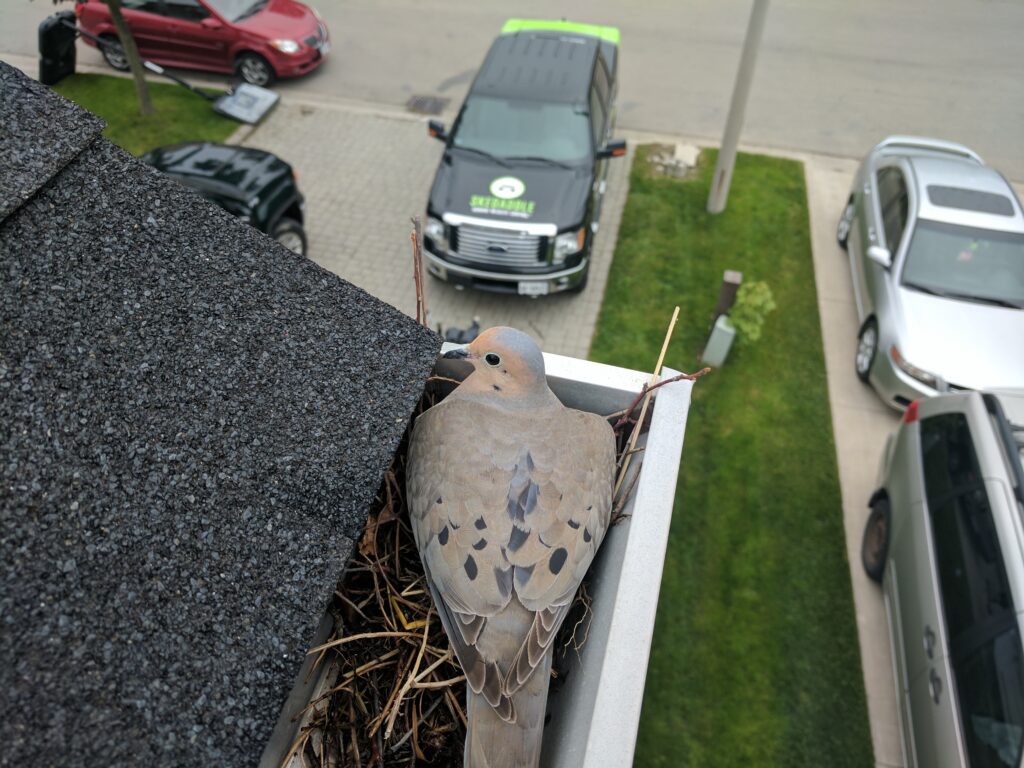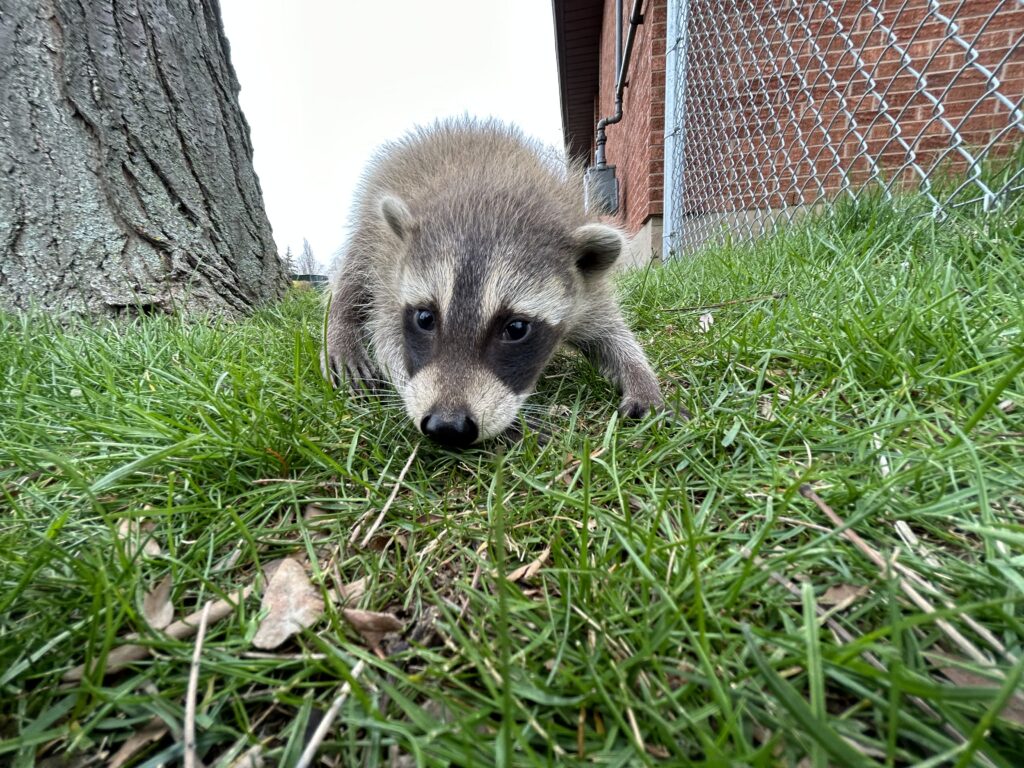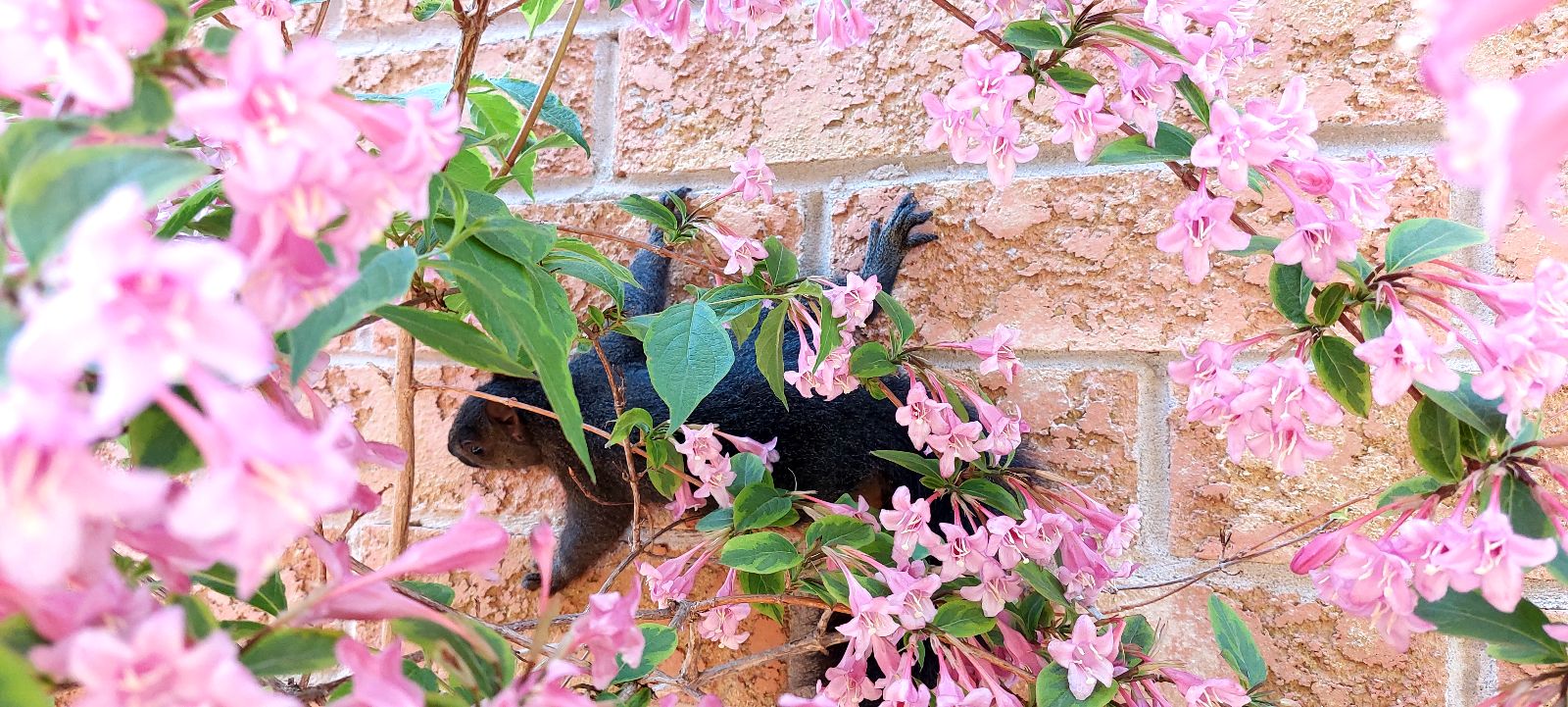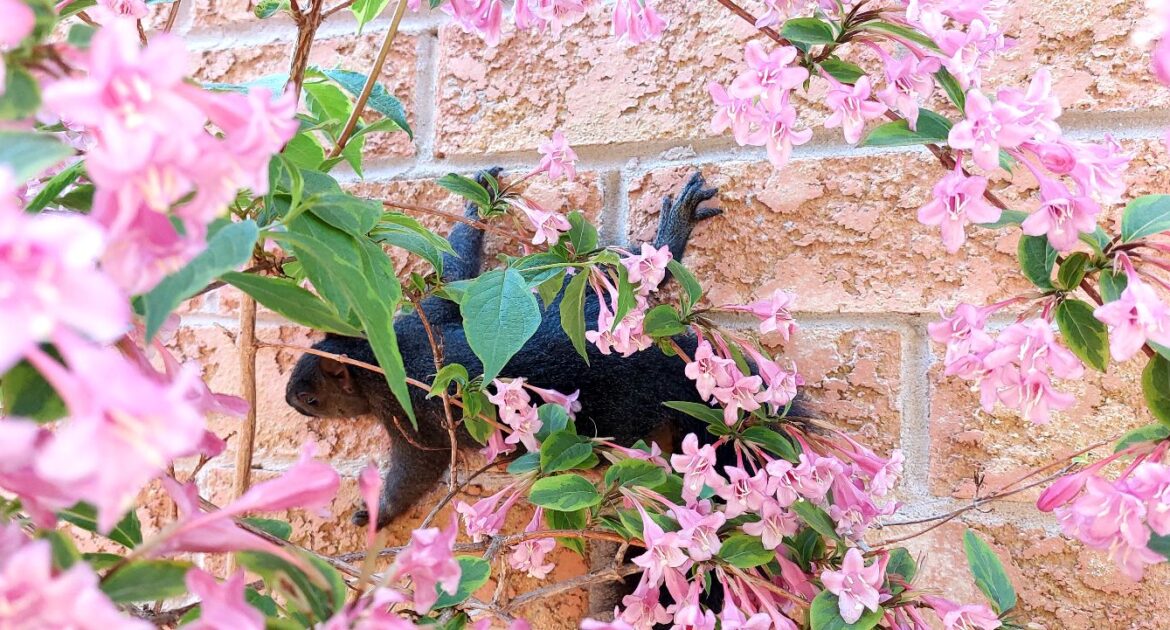Summers in Durham mean rising temperatures, and you and your family are not the only ones looking for ways to beat the heat. The area’s wildlife must also find ways to survive as temperatures rise and may find ways to enter your home to do so. The presence of rodents, birds and other small mammals can all pose a threat to your home, but we at Skedaddle Humane Wildlife Control can provide you with wildlife removal in Durham and some useful information about how these animals cope with summer temperatures.
How Do Wildlife Species Respond To Higher Temperatures?
As temperatures in Durham rise, most species of wildlife respond much in the way that you and your family probably do, and that is to escape the outdoors and find a cool spot to rest and preserve their energy. Mice and rats escape into cool burrows where they store food, and birds rest in shade trees near access to water, such as:
- Birdbaths
- Backyard decorative fountains
- Standing water from HVAC evaporation
Some animals adjust their bodies to handle the heat. Through a process called aestivation, their bodies become less active in a state similar to torpor or hibernation. During this phase, the animals retreat underground and remain inactive, living off of stored body fat until they need to eat or until the temperature becomes cooler (usually through rain or nightfall). Among the animals that do this are frogs, toads, snails and some types of ground squirrels.

How Can You Help Durham Wildlife Beat the Summer Heat?
While our experienced technicians can assist with wildlife control in Durham, they also understand the needs of these animals as summer temperatures rise. Helping animals in the area without giving them the means to enter your home requires a balance of safeguarding the exterior of your home while giving wildlife access to the resources they need.
Installing birdbaths around your backyard can help the area’s birds cool off and provide them with a water source throughout the summer. You may even see some other species visiting there to take a drink, such as squirrels, especially if you add a nearby bird feeder. Growing shade trees can also attract birds to your yard. However, remaining aware of potential dangers wildlife may bring to your home, along with some information from our techs who offer wildlife removal services in Durham, can help you safeguard your property.
What Diseases Do Some Wildlife Carry?
Most species of wildlife in Durham carry the potential to spread disease, and some of these illnesses can spread to both people and pets. Rodents, such as mice and rats, carry salmonella, leptospirosis and hantavirus, while birds can carry avian tuberculosis and histoplasmosis. Many animals that visit your backyard may also carry external parasites, such as fleas and ticks, that can travel into your home on clothing or your pets. This can cause a secondary infestation inside your home, as these creatures feed on the blood of any warm-blooded being they can find, and their bites may cause skin infections and severe itchiness.
You can reduce the spread of wildlife diseases by cleaning areas where wildlife congregates. Cleaning your yard’s birdbaths several times over the summer can accomplish this and only requires a few steps, including:
- Draining out any dirty, stagnant water
- Removing any spilled seed, feces or debris
- Using a water and vinegar solution to scrub the entire area
- Rinsing the bath with running water
- Refilling the bath with clean, fresh water
Providing wildlife with a clean, disease-free water resource can help many animals survive summer temperatures, but if they decide that the interior of your home is the safest and coolest place to escape the weather, reaching out for wildlife removal in Durham helps you avoid the risk of illness and injury that some species can cause.

Why Might Wildlife Enter Your Home in the Summer?
Extreme summer heat is usually the reason why rodents, birds and other small mammals make their way into your home. Many only need a gap or hole the size of a quarter or even smaller to enter. Rodents usually find foundation or threshold gaps, while birds generally enter through flaws in your home’s roof, such as damaged soffits or chimneys. Once inside, they find a cool, quiet place to nest, such as behind an interior wall or inside your home’s HVAC ducts.
While birds usually nest in the spring to mid-summer in Durham, mice and rats do not have a breeding season and birth and raise young year-round. They might nest in your attic, basement or crawlspace and cause considerable damage to building materials and wiring. Once you find evidence of wildlife inside your home, calling in our experienced team of Skedaddle wildlife removal technicians can help you resolve the problem safely.
Why is Do-It-Yourself Wildlife Removal Dangerous?
With so much information available on the internet, you might feel tempted to handle wild animal removal on your own rather than call a company that knows how to safely remove wildlife. Trying to trap or handle wild animals can lead to illness and injury, especially with larger mammals like squirrels and rats, both of which will bite and claw in defence of themselves and their young.
DIY wildlife cleanup can also put you and your family at risk because of the diseases many wild animals carry and transmit via their feces and saliva. Sweeping up rodent nests can reduce your home’s air quality and cause viruses and infected debris to travel through your home’s air ducts. Contacting Skedaddle’s qualified wildlife removal technicians can reduce these risks and provide you with a variety of removal and cleaning options.
Our Wildlife Removal Services
When you call Skedaddle for wildlife removal in Durham, our technicians will inspect your home to uncover nesting animals. Once they humanely remove all the animals and their young, our technicians will clean the area using tools and processes that prevent the spread of disease.
A secondary inspection allows our techs to find and seal animal entry points, from your home’s foundation to its roof. Not every species enters your home in the same way, and our experienced technicians will keep you informed about the steps they take to defend your home not only during the summer but all year long.
Contact Us for Assistance Today
When the sweltering Durham summer causes uninvited animal guests into your home, you need an experienced wildlife removal company that evicts them safely and humanely. Call Skedaddle Humane Wildlife Control today or fill out our online service request form for more information.




